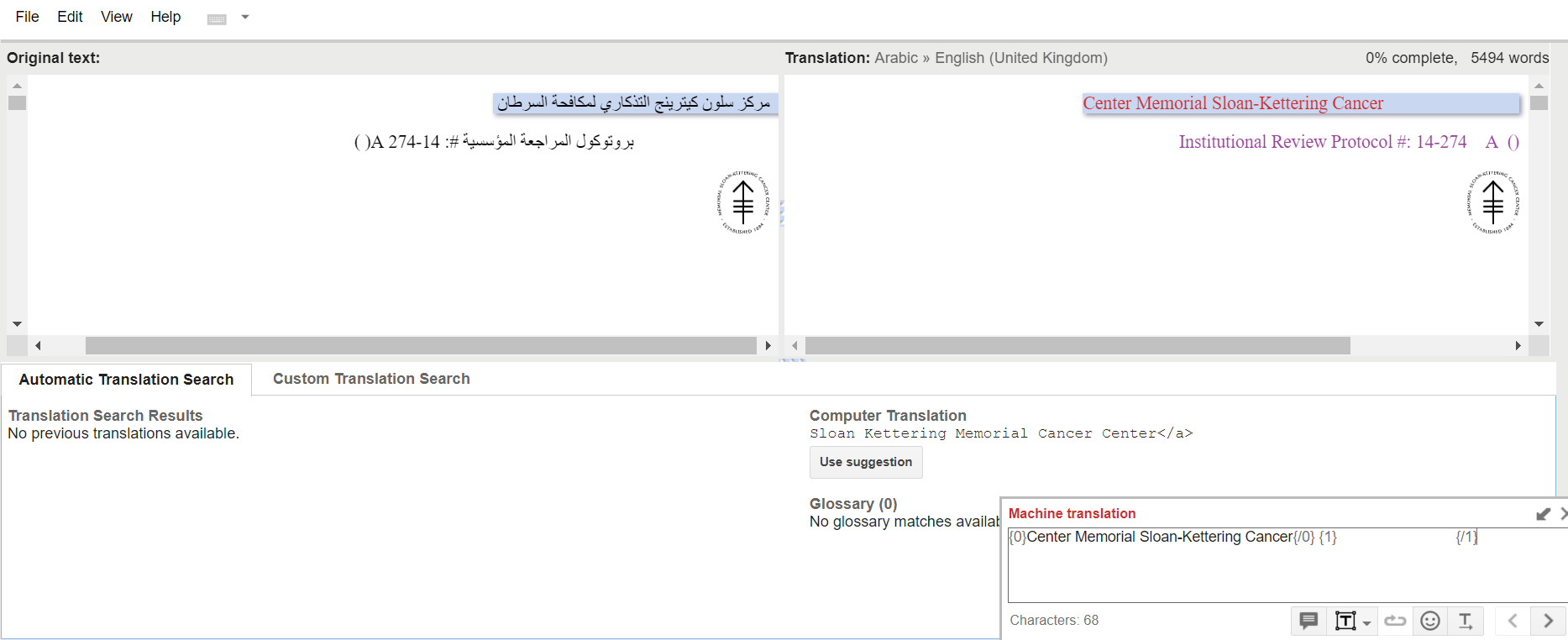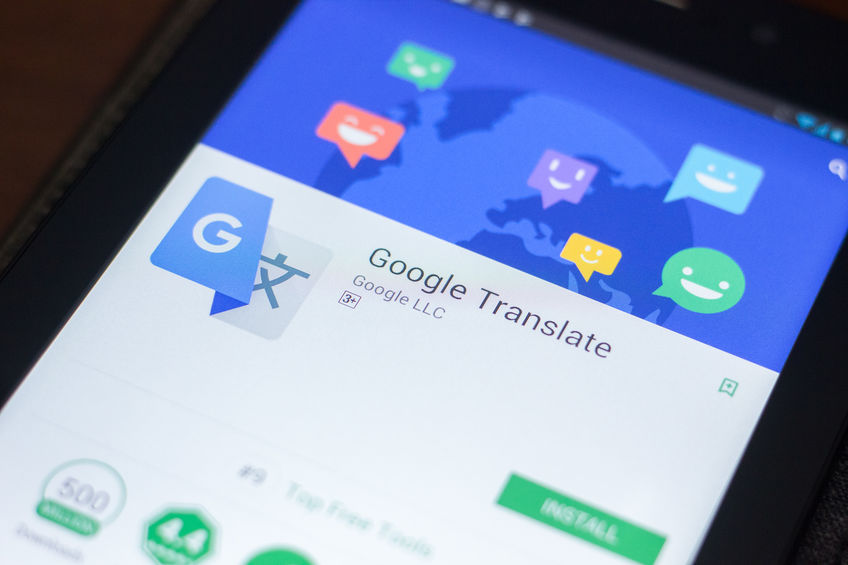This debate has been going on for years. Will machine translation (MT) become good enough to replace human translators? Will professional translators need to find another line of work? If recent history is any proof, the answer is no. MT will not replace professional human translators in our lifetime. This notion is shared by many people in the industry. Here is a supporting quote from a recent (February 2019) Techcrunch article on MT:
The problem with machine translation, when you really get down to it, is that it’s bad. Sure, it won’t mistake “tomato” for “potato,” but it can’t be trusted to do anything beyond accurately translate the literal meaning of a series of words. In many cases that’s all you need — for instance, on a menu — but for a huge amount of content it simply isn’t good enough.
The simple fact is that as much progress as has been made in the last 10 years, MT is (a) not reliable enough to replace human translators and (b) it is unsuitable for 98% of the mission critical tasks needed by today’s customers.
Brief History of MT
First there was rule-based MT (RBMT), which was deemed as not ready for prime time. Then about 10 years ago, Google started the statistical MT (SMT) revolution which was supposed to bring MT to the next level. Which it did, but the promise did not come to fruition and the models did not deliver human quality translation. Then came neural MT (NMT) which was definitely the greatest MT technology ever invented. Now, companies are touting Deep NMT based on Artificial Intelligence (AI) which will surely replace professional translators.
The MT experts keep on telling us that MT will be ready really soon. But that ‘really soon’ has already stretched out into a long time with no real end in sight. And the demand for professional human translators seems to be growing steadily and outperforming other professions. According to a USA Department of Labor report in 2016, translation jobs are expected to grow by 18% in the next 10 years.
Employment of interpreters and translators is projected to grow 18 percent from 2016 to 2026, much faster than the average for all occupations. Globalization and large increases in the number of non-English-speaking people in the United States will drive employment growth. Job prospects should be best for those who have professional certification.
Drivers of MT
As it has been from the start, MT is a scientific endeavor which combines several advanced fields: computational linguistics, mathematics, computer models, statistics among others. MT technologists are geek scientists who speak in a language of their own. If you suffer from insomnia, go to a conference in MT and you will be put to sleep in no time.
Advances in MT are driven by one thing and one thing only: money. Companies are hoping to capitalize on advances in MT in order to make money.
The companies who are promoting MT as a business are either tech giants (like Amazon, Microsoft, Google and Facebook) or LSPs. The tech giants want to get their hands on cheap translation services since they have gigantic amounts of text that need to be translated. The tech giants also have the resources to train the MT systems to provide good translations for their own purposes. LSPs are using MT so that they can offer low cost translation services to customers with large translation budgets.
The tech giants have peripheral objectives as well. For example, both Google and Microsoft have been developing speech-to-speech translation systems for commercial use. Microsoft and especially Google are monetizing access to their MT APIs. And MT is helpful for search engines who want to gain market share.
What Can and Can’t be done with MT
As stated previously, MT can be improved by training the system with large corpora (plural of corpus) of aligned text. So if a company like Microsoft trains their MT to translate Microsoft’s knowledge base, then the system will yield good results. But since it takes huge resources both financially and technically, almost all companies can’t undertake this kind of work. Likewise, using an MT-savvy LSP for PEMT (post-edited MT) work is also tricky. Firstly, the LSP will need to make a huge investment in their MT which will be passed along to the client. And if you do not have huge amounts of texts then the price may be comparable or even higher than human translation. And even after all of that, a human translator is needed to post-edit the MT.
The following kind of translation work can’t be done with MT:
– Certified translation for official purposes. This kind of work requires a signed statement of accuracy by the translator, something that can’t be done by MT software.
– Books/Novels/Poems. In the 1970s and 80s my uncle, Ivan Sanders, had translated a number of Hungarian novels into English. I remember that these projects involved numerous face-to-face meetings with the author so that that translator (my Uncle) could gain an in-depth understanding behind some of the characters in the novel and to understand the author’s thought process on certain parts of the novel. These projects took about two years to complete. No way a machine can translate a novel at the same quality level.
– Scanned images on PDF files. At GTS, most of the orders for online translation services are for PDF files. Some of them are scanned documents which are not great quality. These kind of files require prep work and getting MT into the loop may not be efficient.
– Critical legal documents. If you were buying a house in France for $5 Million and needed to translate the contract, would you trust a machine translation?
Summary
Scientists and engineers funded by the private sector will continue to develop MT systems which will represent breakthroughs in science and technology. Quality will improve but only marginally. Demand for translators will increase due to the increase amount of content that needs to be translated.
Related Reading:






In my many years of practice, computers have not yet mastered the necessary interpersonal skills.
People often say one thing and mean another. But the meaning can be invested completely different. For example, proverbs, idioms, allegorical speech.